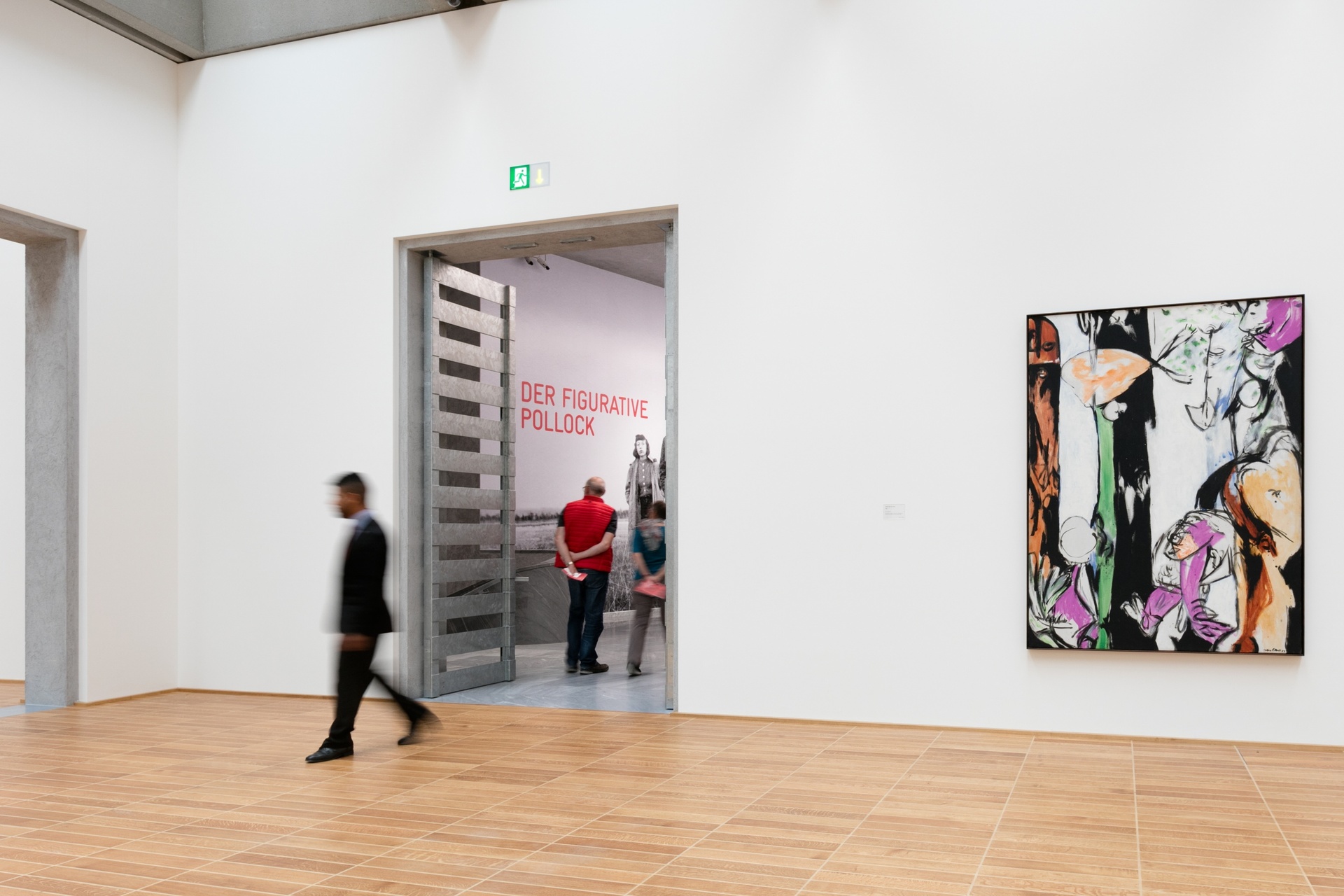The figurative Pollock
“When you’re painting out of your unconscious, figures are bound to emerge,” Jackson Pollock said in a famous conversation with Selden Rodman in 1956. Yet the American painter is actually best known for his abstract drip paintings. Far fewer people are familiar with Pollock’s extensive and significant earlier figurative oeuvre and the figurative paintings that grew out of the dripping period. The grand special exhibition at the Kunstmuseum Basel is the first show anywhere in the world specifically dedicated to this fascinating chapter in art history.
In 1949, a report in Life magazine headlined “Is he the greatest living painter in the United States?” made Pollock a superstar overnight. His large-format nonrepresentational pictures hit the nerve of the time: the United States was championing abstract art as the native idiom of a free and democratic society. By contrast, Pollock’s figurative work received comparatively little attention.
The exhibition presents a representative survey of the evolution of Pollock’s figurative art from the mid-1930s to the 1950s in altogether around one hundred paintings and works on paper. It features major works from private collections as well as eminent pieces on loan from European, Japanese, Australian, and American museums.
The exhibition is supported by:
Credit Suisse
Pierrette Schlettwein
Foundation for the Kunstmuseum Basel





